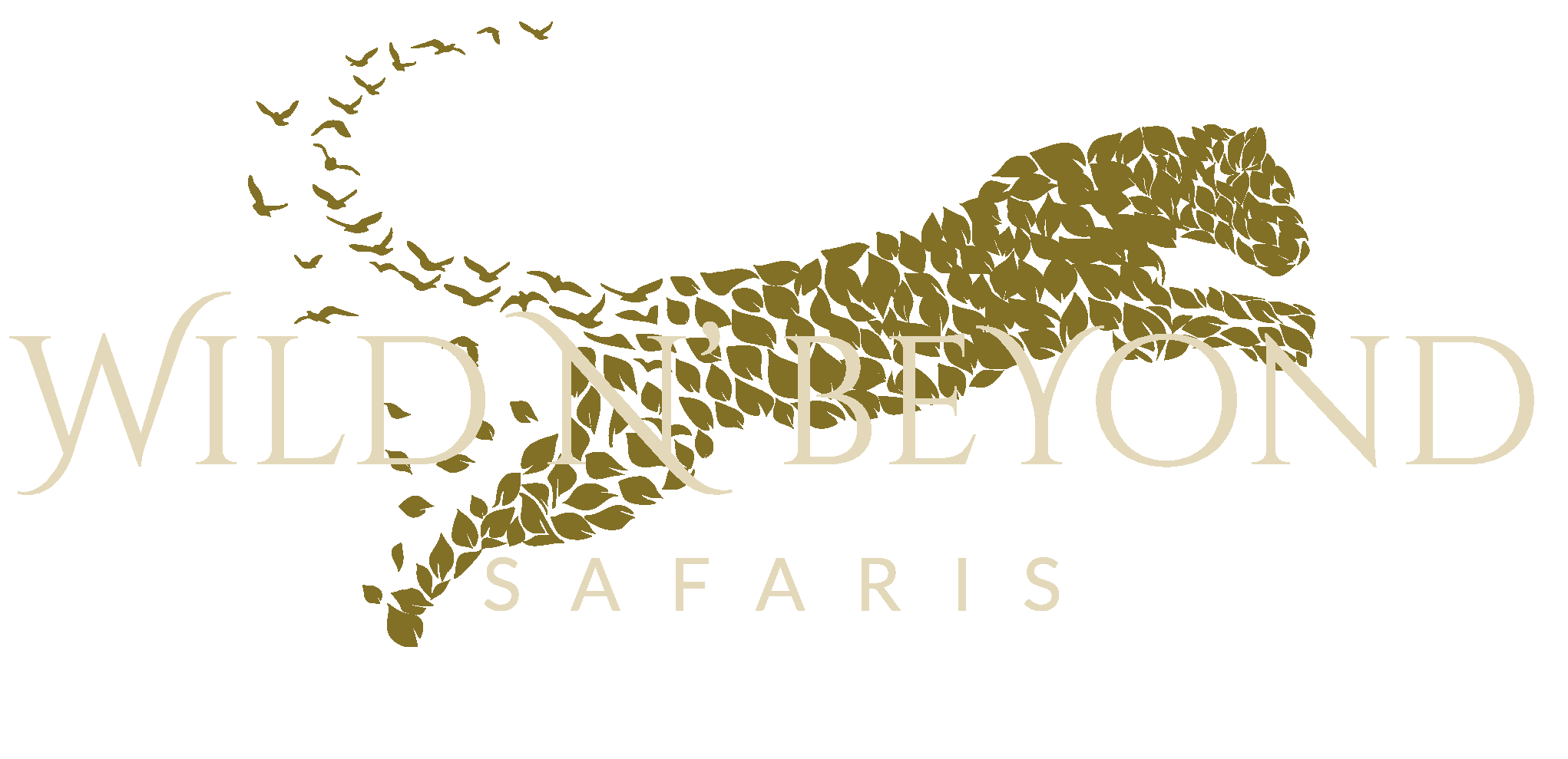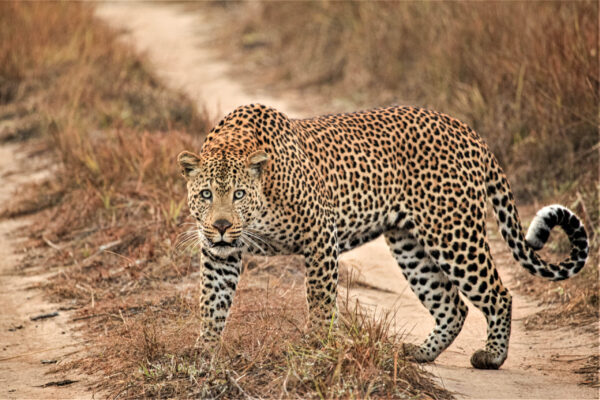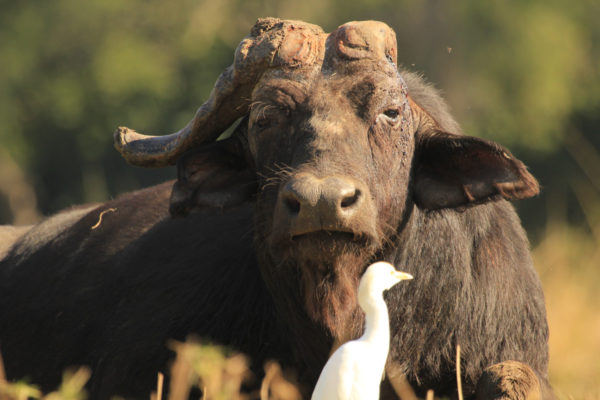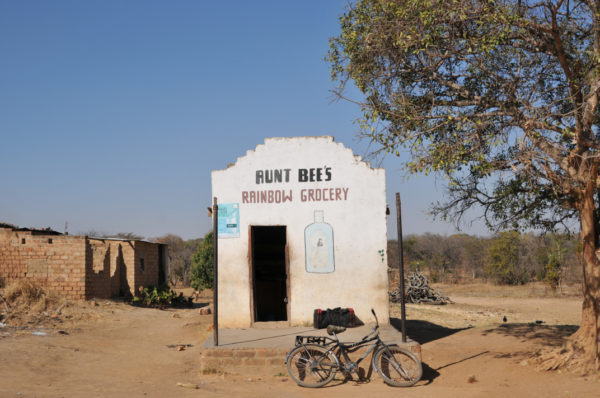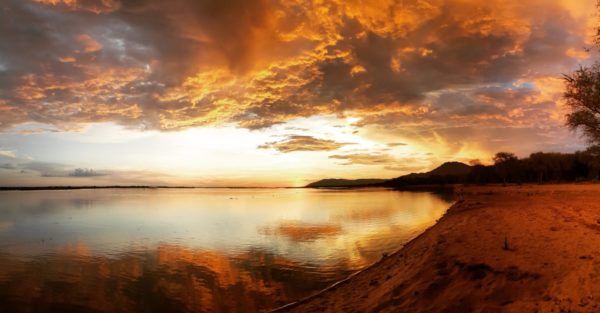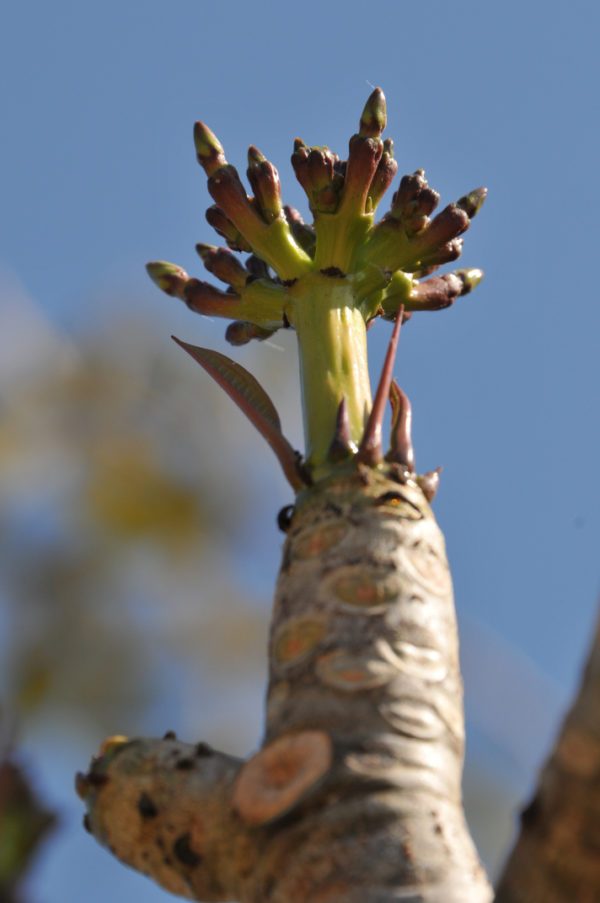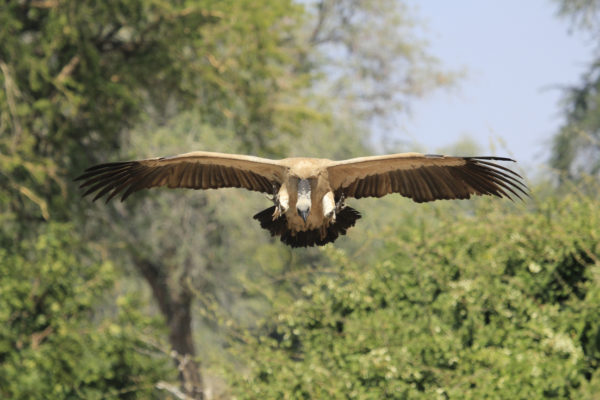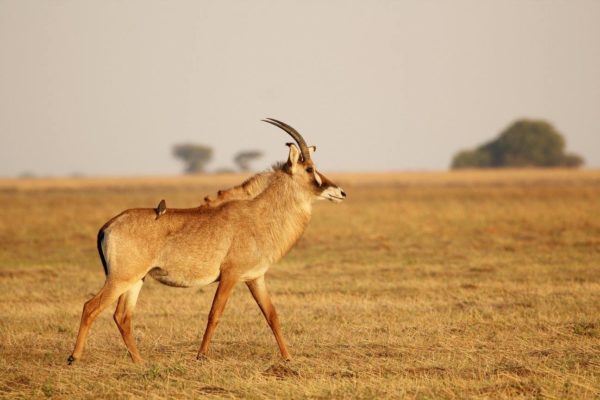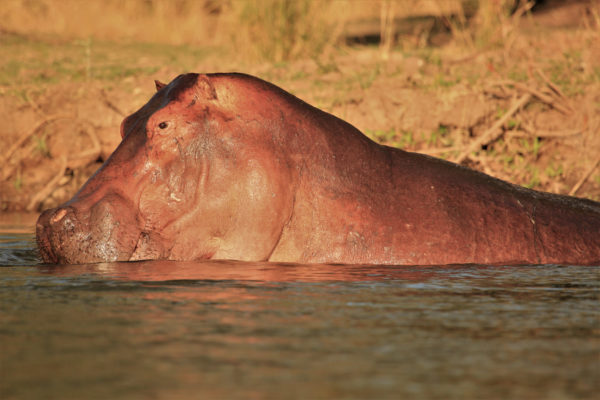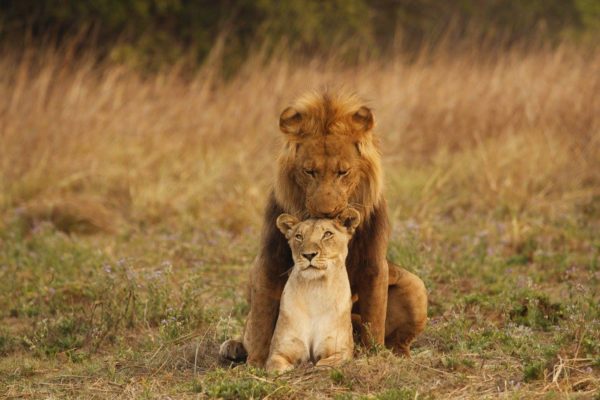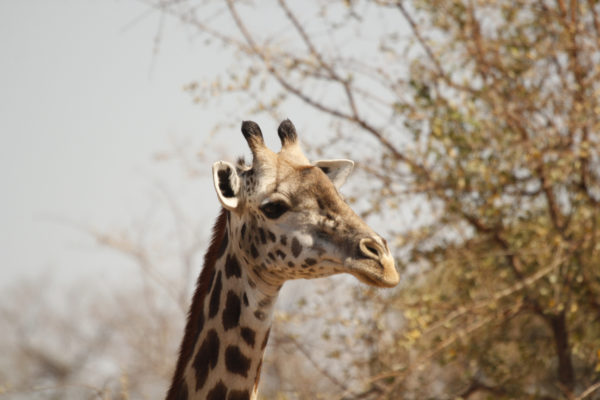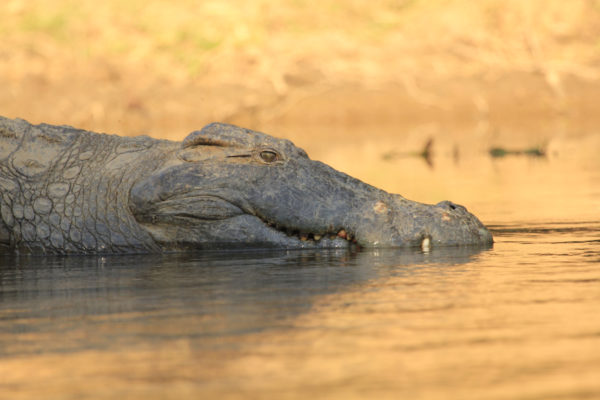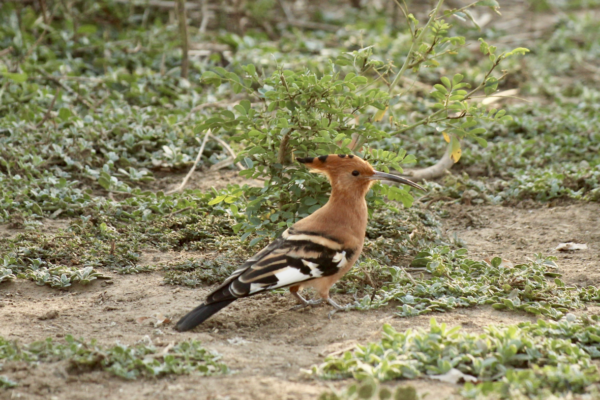Explore Zambia's highlights
- Africa House / Kapishya
- Bangweulu Wetlands
- Kasanka NP
- Kafue NP
- Lake Kariba
- Liuwa NP
- Lower Zambezi NP
- Luambe NP
- Mutinondo Wilderness
- North Luangwa NP
- South Luangwa NP
- The Victoria Falls
Northern Zambia's hidden gems
For over 100 years this old state home has stood in northern Zambia. Stewart Gore-Browne commissioned the old stately home after falling in love with this part of Africa. His stately home now sees visitors in these remarkable walls and offers a great history of a traditional era. Gore-Browne, respected by Zambia's first independent president, received a eulogy at his state funeral by Dr Kenneth Kaunda. A visit up here is an incredibly well documented history that will keep you enthralled and fascinated.
At the Kapishya Hot Springs we see another part of the family history and a fantastic area of pools filled with hot springs from 6-7 kilometres underground. The springs are sulphur free and stunningly clear in amongst the evergreen trees creating a scene of a deserted island. The lodge is nearly completely self sufficient and grow many of their own exotic treats such as coffee and cinnamon. The farm subsidises the lodge and also a large amount of the community work here with a keen sense of community development and care is strongly encouraged and supported.
A Wetland Paradise
The local meaning of the word Bangweulu 'where the water meets the sky', a description of exactly what this protected wetland area encompasses. This is home to the famous and iconic Shoebill stork, a prehistoric looking bird that has the protection of the local community, where each and every bird is safely conserved. With over 400 different bird species, this finds Bangweulu placed as an IBA (Important Birding Area) and some interesting mammal species call this globally important wetland, under the RAMSAR convention, home.
Pristine forests and largest mammal migration in the world
Finding pristine habitat can be tough in this day and age but what this small park does not have in size it surely makes up for in diversity and concentration of wildlife and spectacular scenery. Kasanka National Park is situated in the central north of Zambia and covers an area of roughly 470 km2 and is the only park in Zambia that is partially privately run in conjunction with the local authority. The Kasanka Trust, which is a charity, put all proceeds made by the park back into conservation of the park as well as developing the local communities.
There really are some world beating specials in this small piece of Eden. The largest mammal migration in the world takes place here where up to 10 million African Straw-coloured fruit bats migrate into the park starting in mid-October and ending mid-December. This is a spectacle unrivalled anywhere on the planet. There is an increasing population of elephant in the park and small herds of buffalo, sable antelope and the illusive sitatunga, a semi-aquatic antelope in the family of the kudu. They are difficult to find anywhere in the world due to their secretive lifestyle and often inaccessible habitats but in the Kasanka it is quite possibly the best park in Africa to find them.
If birding is what you are after then look no further, for an area that does not cover a huge amount of ground there is a plethora of species inhabiting these swamps. Over 470 bird species have been documented here and this puts it as number 2 in Zambia for National Park bird counts. With a huge diversity from the southern and eastern parts of Zambia.
There are numerous activities in Kasanka including game drives, walking safaris, birding trips and bat viewing. There are 2 lodges and also 5 camping sites within the park providing low impact and exclusivity. You can access the park all year round but each season does provide its specials.
Unspoiled wilderness of the Kafue National Park
This is a park where time has stood still, the immense size and variety of all forms of life give rise to Zambia’s largest national park. The Kafue National Park (KNP) is 22,400 km2 a massive area of land the size of a small country. It is dominated by Miombo Woodland a special tree woodland only found in the central belt of Africa. The highest number of birds for any of the National Parks of just over 500 official birds nearly two thirds of all of Zambia’s 840 bird species reside here. The greatest variety of mammal species from the largest to the small occur in this ancient land. This is also Zambia’s oldest national park and was established as early as 1924 under British rule as a protected area only to get national park status in 1950
The Kafue river moves some 1600km from the north of Zambia and down eventually to the Zambezi but a very different experience than its more famous cousin. The Kafue is a dream area if you yearn for untouched areas and want to feel like an intrepid explorer of old. Everything is wilder here and the experience is also a feeling of being apart of something, the rejuvenation of an area that was hit by poaching but now sees the herds returning, the big cats showing their muscle and the enchantment of the variety coming to the fall. The river banks with beautiful entwined African Ebony and Waterberry trees make for a mystical environment that hide all sorts of wonders.
The opportunity to see the big cats in a variety of habitats makes the Kafue NP a versatile park, incorporating the small cats with it of African Wild cat, Serval and very occasionally Caracal. This is also one of 2 parks in Zambia that have a viable population of cheetah. The famous Busanga plains in the north are like you have stepped into another park. The massive expanse of open plains where you can see for miles and miles. It can be a photographers dream with the huge skies, deep colours and often lone trees that abound on the open landscape. Huge herds of Roan antelope and Sable antelope can be found in large numbers, that are unrivalled.
Choice of activities also make this a versatile park with longer walking safaris as the altitude make this a cooler destination to visit in the much hotter drier months. Game drives that, depending on the area can head out all day to see a variety or stay close just to explore some of the local fauna and flora. Out on the water is very peaceful in the clear slow moving water with fantastic opportunities to watch elephant herds cross the water or skimmers flying along the glass topped river at sunset whilst you perch on the peacefulness of another tough day in Africa.
The Lake of Surpassed Beauty
Africa boasts many of the worlds great beauties and treasures and Lake Kariba is another of those. It is the worlds largest man-made lake by volume of water. The Kariba gorge was finally formed after the legend of the mighty river God Nyami-nyami who was stopped by the men that built the wall between the upper part of the lake to the bottom. He was angered by this as he no longer could find his queen downstream so he broke the wall to be with her again. At the end of 1958, another wall was finally built and stood up the great power of Nyami-nyami and thus Lake Kariba was formed.
The mighty Zambezi river began to full the gorge and with that many animals were left stranded on islands which lead to an amazing rescue adventure termed 'Operation Noah' which was put into place to bring these poor creatures to elevated areas and not be lost to the ever rising waters. Many weird and wonderful animals were hauled into small and large boats, such as leopards and snakes and many more for their survival.
Left behind are scenes of old woodlands as the famous leadwood trees that have subsequently died create a spectacular sight to look upon and photograph. Out on the expansive waters may be a fisherman's dream or even the chance at the waters edge of seeing elephant, lion and many more animals is a truly magical experience by day. Then to lie on the decks of a houseboat or at the waters edge and look at the glorious stars above will embed into your brain a beautiful starry river.
Endless views and wildebeest migrations in Liuwa NP
When looking for new adventures off the beaten track then one of Africa’s oldest conserved areas should be on your list. Liuwa Plains National Park (LPNP) has been a success between man and wildlife since the 19th Century. The King of Barotseland at the time King Lubosi Lewanika set aside the area for protection by his people who still to this day remain as custodians of this ancient land.
It lies on the far western part of Zambia and covers an area of 3660 km2. We find the second largest wildebeest migration in Africa, with the help of African Parks, the Department of National Parks and Wildlife and of course the surrounding community the reintroduction of lion and plains game has seen an increase of wildlife numbers across these massive plains. Hyena and Cheetah are doing well in the vastness of the grassland. Opportunities for some strange wildlife sightings can be found here such as the zorilla/ striped polecat, an animal related to badgers and stouts.
Birding is phenomenal here with large flocks of various species habituating the floodplains. Flowers come alive and cover the expanse of the floor of many different colours and species. It is a very seasonal park and during the rainy season even the people that live in the park migrate in a famous ceremony. Entire villagers building large boats and heading to areas that are dry in an annual migration of their own called the Kuomboka Ceremony.
The park offers various accommodation from one very luxurious camp to small camp sites or tented camps of varying comfort. Driving safaris, walking and photographic trips whether as professionals or enthusiasts is on offer in Luiwa.
Intimacy and beauty in the Lower Zambezi National Park
Until 1983, when officially Lower Zambezi National Park (LZNP) became a national park, it was used as an area for private hunting from the first independent president of Zambia Dr Kenneth Kaunda. It was heavily protected but also laid as a pristine area as no peoples were living there. It has remained a low density park regarding camps and this has brought the LZNP onto the world market as one of the finest pristine wilderness areas in Africa for safari.
The Zambezi river runs along the southern border of the park and is the boundary between Zambia and Zimbabwe. The river and surrounds are steeped in history as this was a huge trade route for the Portuguese. Also much tribal warfare pushed from the south brought people to the Zambezi valley. Under British rule prior to independence there was an outbreak of sleeping sickness in what we see is the park today. The people living there were moved further west away from the then high amounts of Tsetse fly. Now that the park is only for wildlife the occurrence of sleeping sickness is said to be none-existent and of course the number of flies have dropped substantially due to no livestock being allowed anywhere near.
The parks key feature is obviously the mighty Zambezi river some 2574km long and it does not disappoint. It begins its life in the far north of Zambia only to run briefly inside Zambia and then leaving into Angola. It re-enters further west and then heads south to become an incredibly diverse river in the form of a lake, the largest falling sheet of water in the world, mighty rapids and eventually a massive delta. With an area of 4092km2 the park provides beautiful vistas which are possibly the most beautiful of all the major National Parks across Zambia. The stunning winter thorn laden riversides provide guests with a huge array of activity choices but also a chance to unwind and enjoy the outstanding canvas that is laid out before you. Whether a game drive, walking safari, trip out on a boat just for a sundowner, to catch a tiger fish or to experience the fantastic beauty and silence in a Canadian style canoe, the LZNP provides a stimulus for all forms of safari goers.
It is a big 4 national park with high density of leopard which are often encountered. The elephant and buffalo numbers in much of the park will always add to photographic contrasts of all the colours as well as some comical moments. The nocturnal life here is abound and some highlights may include porcupine, civet or the allusive aardvark. The camps within the park are beautiful and hard not to be when seated amongst some sensational views. The Zambezi escarpment provides the backdrop for the park and it does not disappoint especially as you sit on the water and enjoy a cold gin and tonic or cold drink watching the sun disappear in a plethora of colour.
Zambia's little secret
Luambe National Park is one of the oldest protected areas and until the late 90's it did not have the funding capacity, it lost much of its wildlife but since then it has had a complete turn around and has risen to new heights. Like its larger cousins of North and South Luangwa it is part of the end of the Great Rift valley but is a much smaller park. It now boasts much of the same wildlife as its larger cousins but on a more exclusive scale being a very low density park for vehicles. A real treat being out in the wilderness and on your own. This is a big 4 national park with good numbers of the endemic Thornicroft giraffe and Cookson's wildebeest as well.
Birding is also good here with over 200 bird species in the varied habitats. Specials such as African Skimmer, Pel's Fishing Owl, Lillian's Lovebirds and depending on the time of year even the African (Angolan) Pitta. An off the beaten track safari.
A Miombo Woodland getaway
Peaceful, tranquil and wilderness places to explore are sometimes becoming harder to come by but the Mutinondo wilderness is just that. In idyllic landscapes of huge granite boulders or inselbergs, crisp clean streams flowing through the beautiful Miombo woodland makes this area a fantastic place for walking trails, birding and exploring. This is not the area for big game and high intense safari but a place of solitude and relaxation in amongst the folding hills of the Muchinga escarpment and ancient stones of sunset beauty. The skies are huge as you stand almost atop the world looking at the stars above your head.
Such diversity in activities from hiking, mountain biking , swimming and canoeing to star gazing, birding and mushrooming there is much to keep you busy or just to settle in and enjoy the scenery.
Walking remote North Luangwa National Park
The Luangwa river features in the far eastern part of Zambia and with it the end of the Great Rift Valley. The Luangwa river sources itself in the Mafinga mountains and runs south bordering the North Luangwa NP, to its east and then east of South Luangwa NP eventually reaching the Zambezi river. The Luangwa is a seasonal river and rises and falls through the wet and dry seasons making the parks often inaccessible for most areas during the rains.
The North Luangwa (NLNP) has a long history and often a well-kept secret as left a little in the dark from its better known southern cousin the South Luangwa NP. NLNP is one of the remotest national parks in Africa and gives a real sense that you are the only people for hundreds of miles, often you are. During the 70’s and 80’s it did take a large knock with poaching especially elephant. In 1986 Mark and Delia Owens who are American zoologists moved up to Zambia from a successful stint in Botswana. They were looking to establish a wildlife research base. They found it in a very remote part of Zambia relatively untouched but devastated by poaching. With the help of Frankfurt Zoological Society, who still to this day are involved with the protection of the park, brought the park back to a sustainable wilderness with well trained scouts giving watch to the area. Much work has been undertaken with the local community to get them involved and for them to feel the park needs to be respected as they gain a benefit from it.
It covers an area of 4636 km2 and formed as a game reserve in 1938 to then be upgraded to National park status in 1972. It is Zambia’s only ‘Big 5’ park since 2003, when 5 black rhino were introduced back to their rightful home. This is a walking safari enthusiast's dream getaway. Mixed habitat and wildlife in large numbers such as herds of buffalo sometimes over 1000 strong. Great herds of the endemic Cookson’s wildebeest, eland and hartebeest to name a few, with great populations of the big cats roaming this pristine environment. The true home of the big herds.
It is accessible by road but mostly camps use a fly-in as the roads are extremely limited and remote. The camps, at the same time, are often geared towards walking trails but the road infrastructure is improving but minimally not to impact the park too much.
Scenery and plentiful wildlife in the South Luangwa National Park
The South Luangwa National Park (SLNP) was established in its first form as a game reserve in 1904. Only a small area was proclaimed by the British South African Company to protect the Thornicroft’s Giraffe an endemic sub-species to the Luangwa Valley.
In 1971/72 it was proclaimed a National park and the Nsefu and Chifungwe plains were included in the revised expansion. It now stands at an area of 9050 km2.
SLNP boasts one endemic mammal species (Cookson’s wildebeest) and an endemic sub-species (Thornicroft’s giraffe), over 470 bird species and the big 4 including excellent leopard (Zambia possibly has the finest sightings in Africa).
Norman Carr ‘Kakuli’ (meaning the old bull buffalo), born in Chinde Mozambique a name that is synonymous to the SLNP and Norman with an agreement with Chief Nsefu, the paramount chief at the time, set aside land for conservation purposes but that the community would benefit. This still continues today. Norman is the founder of the walking safari and much has changed over the years of how we walk but his legacy lives on strongly and is engrained in the culture of this ancient land.
The Luangwa is situated in the eastern part of Zambia very close to the border of neighbouring Malawi. The valley system is the final extension of the Great Rift Valley of East Africa and named Luangwa (which is kunda for a type of fishing basket) after the 770km North to south flowing river that runs for most of the eastern part of the National Park. It finishes its travels into the mighty Zambezi River.
This park has more operators working within the National Park and Game Management Areas than other parks, but there are many small intimate camps that can accommodate the traditional safari experience. The landscape is expansive with the winding sand river drying as the season progresses towards October allowing for large concentrations of wildlife around the river which may be the only bit of water late in the dry season. Here we see a big focus on walking and photographic safaris for the experienced and inexperienced travelers. This is a wildlife haven and can provide some superb encounters.
The roaring thunder of Victoria Falls
“Scenes so lovely they must have been gazed on by angels in their flight”, the words of Dr David Livingstone when he first set eyes on one of the worlds natural wonders. He named it Victoria Falls after Queen Victoria monarch of the British empire at the time. To the Lozi or Kololo people of the area it’s simple, this largest falling sheet of water on the planet, has been named “Mosi oa tunya” – the smoke that thunders. Derived from the immense water that cascades over the million-year-old cavity carved into the African bedrock leaving a plume of spray covering the Batoka gorge with a deafening rumble.
The Zambezi river goes through such an array of change, but this is possibly the most famous of those changes as the river falls 108m with a width of 1,708m. A massive sheet of water in the peak season, sometimes too much as can be difficult to see with all the mist coming back up the gorge. During the drier seasons the water levels do drop but there is always water flowing over the rock face and with it brings more views of the entire area.
It has many activities for the adrenaline junkie, the one for relaxation or just wanting to seek a different adventure from the norm. Nearby there lies one of Zambia’s 20 national parks, the Mosi-oa-Tunya NP which is a great small park to immerse yourself in the African bush whilst still close to civilisation. Being on the water for a ‘sundowner’ (traditional African celebration at the end of the day) is a relaxing way to end the day gin and tonic in hand or cold drink on the Zambezi river. There is bungee jumping, gorge swinging in the beauty of the gorge, from the air, taking a helicopter or with an ultra-light to view the falls. There is varied accommodation from very luxurious to more basic depending on what you are looking for. It is set in amongst a vibrant town of Livingstone which used to be the capital of Zambia before being moved central to a newly built city named Lusaka.
